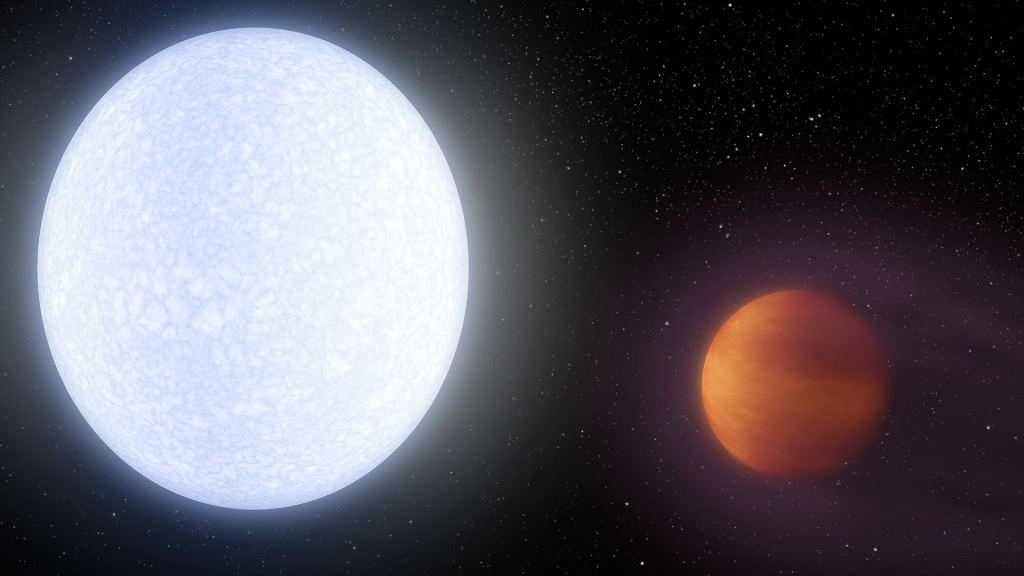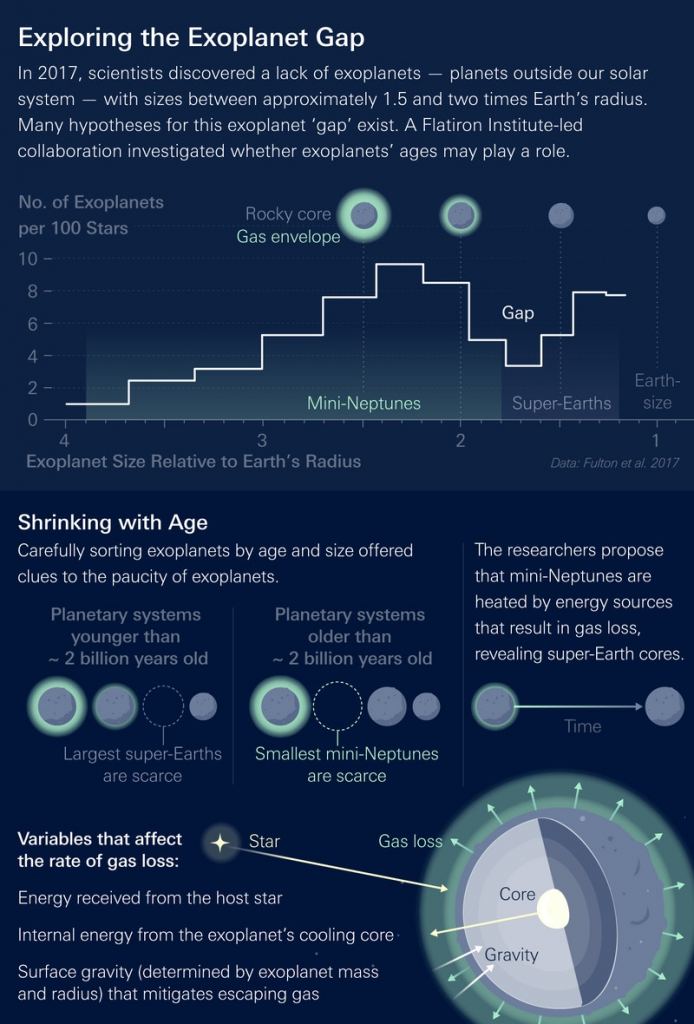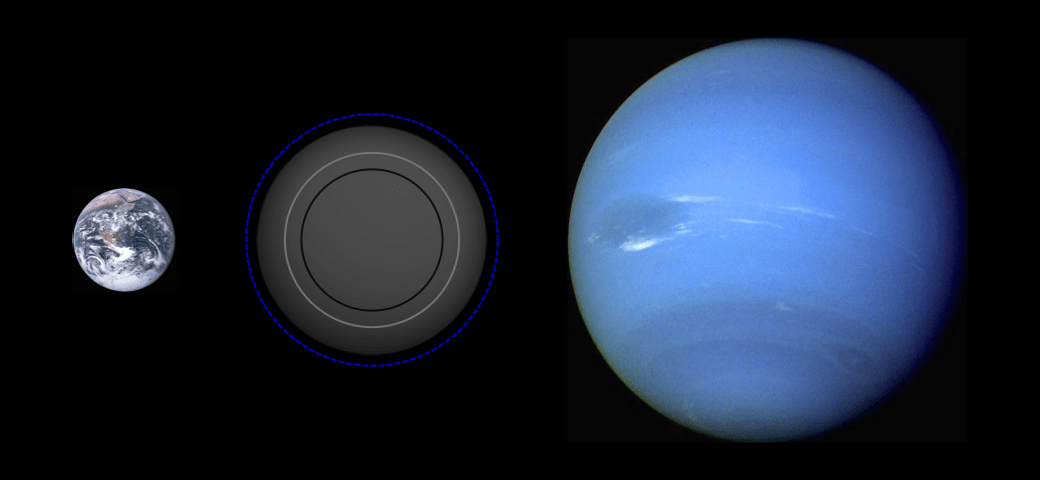Researchers at the Flatiron Institute’s Center for Computational Astrophysics published a paper last week that just might explain a mysterious gap in planet sizes beyond our solar system. Planets between 1.5 and 2 times Earth’s radius are strikingly rare. This new research suggests that the reason might be because planets slightly larger than this, called mini-Neptunes, lose their atmospheres over time, shrinking to become ‘super-Earths’ only slightly larger than our home planet. These changing planets only briefly have a radius the right size to fill the gap, quickly shrinking beyond it. The implication for planetary science is exciting, as it affirms that planets are not static objects, but evolving and dynamic worlds.
Exoplanet research is a very young field. As recently as 1992, no one had ever seen a planet beyond our solar system. Today, we’ve discovered more than 4,700 of them, and that number is growing rapidly due to the efforts of dedicated planet-hunting space telescopes like Kepler (now defunct) and its successor, TESS. We’ve suddenly gained an enormous new sample size of planets to study, beyond the eight planets (sorry Pluto) that orbit around our sun.
Kepler, TESS, and other planet hunters have discovered brand new types of planets, like so-called ‘hot-Jupiters,’ large gas giants that orbit very close to their star. These were among the first exoplanets observed because their large size made them easy to find, and their small, fast orbital periods meant we could see them pass in front of their star more than once in a short period of time (some hot-Jupiters have a year that lasts only a few Earth days).

As our ability to find smaller planets has grown, we’ve begun to see a great variety of planet types, the smallest of which are even tinier than Mercury. But as our sample size expands, the strange gap between 1.5 and 2 Earth radii remains. For some reason, planets just don’t like being that size.
Previous theories proposed that asteroid bombardments might rip atmospheres away from planets this size, or that some planets might form in regions without enough gas to gain a thick atmosphere in the first place, keeping their total size well below the ‘gap.’
The research team, led by Trevor David, approached the mystery in a new way, considering whether there was any change in size over time. Planets tend to form at the same time as their star, so if you know the age of the star, you can estimate the age of the planet. This allowed the team to sort the planets into age groups.
What they found was that among older planets (older than 2 billion years) the gap centered around 1.8 Earth radii, while planets younger than 2 billion years had a size gap closer to 1.6 Earth radii.

This difference suggests that the smallest mini-Neptunes can’t hold on to their atmospheres and shrink to become super-Earths fairly early. The same process occurs later for slightly larger mini-Neptunes, resulting in a shift in the ‘gap’. As Thomas Sumner of the Simons Foundation puts it, the gap is therefore best understood as “the chasm between the largest-size super-Earths and the smallest-size mini-Neptunes that can still retain their atmospheres.”
What is the cause of this atmospheric shrinkage? It’s likely due to radiation from a planet’s star blowing the gas away, or from remnant heat within the planet itself. These processes affect all planets to some degree, but the largest planets have enough gravity that the effect is not nearly so dramatic.
With one mystery solved (or at least plausibly explained), there is still plenty more to learn about the details of the process, like examining how magnetic fields might affect planet size and atmosphere loss.
The paper was published in The Astronomical Journal.
Learn more:
Trevor David et al., “Evolution of the Exoplanet Size Distribution: Forming Large Super-Earths Over Billions of Years.” The Astronomical Journal.
Thomas Sumner, “Shrinking Planets Could Explain Mystery of Universe’s Missing Worlds,” Simons Foundation.
Featured Image Credit: Aldaron (Wikimedia Commons).

